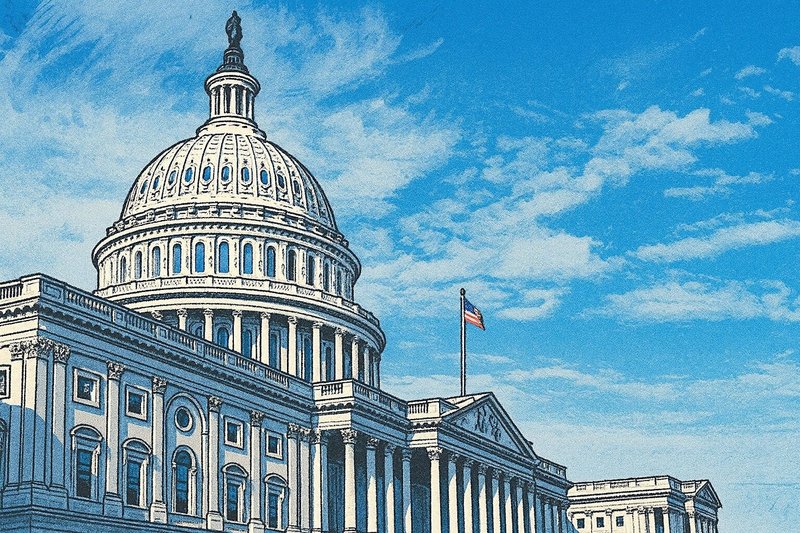The US Department of the Interior, through the US Geological Survey (USGS), has released the draft 2025 List of Critical Minerals alongside a new framework for assessing supply chain disruption risks.
This list will shape US policy, investment, and permitting decisions in the years ahead.
It underscores just how central critical minerals have become to both economic and national security priorities.
The New US Strategy
The updated list covers 54 mineral commodities, up from prior years, and is designed to reduce American reliance on foreign suppliers—particularly China—for minerals essential to semiconductors, batteries, and defence technologies.
Additions to the list include potash, silicon, copper, silver, rhenium, and lead, while arsenic and tellurium were recommended for removal.
Zirconium was added due to single-point-of-failure risks within the US supply chain.
Rhenium’s Role
For those unfamiliar with rhenium, one of the rarest elements in Earth’s crust, it plays a critical role in modern industry.
Rhenium is mainly used in high-temperature superalloys for jet engine turbines and as a catalyst in petroleum refining.
With no large-scale primary production and supply tied to copper-molybdenum mining, its scarcity makes it strategically vital for aerospace, energy, and defence industries.
Policy Guidance
The USGS emphasised that this list will guide:
- Direct investment in US mining and processing capacity,
- Resource recovery from mine waste,
- Federal incentives for mineral refining,
- Streamlined mining permitting.
Secretary of the Interior Doug Burgum described the update as a “science-based roadmap” to secure supply chains, strengthen national security, and reduce dependence on “foreign adversaries.”
Supply Chain Risk Model
Alongside the list, the USGS introduced a new disruption model that assessed over 1,200 trade disruption scenarios across 84 mineral commodities.
The study quantified potential GDP losses from disruptions—ranging from billions of dollars per commodity—with the highest risk minerals including rhodium, dysprosium, gallium, germanium, tungsten, and niobium.
This methodology provides US policymakers with a powerful tool to prioritize domestic investment and trade strategies for high-impact minerals.
Implications for ASX-Listed Companies
For Australian-listed explorers and developers, the implications are significant.
Copper & Silver on the List
Both copper and silver have been added to the 2025 draft list.
Australian juniors with US assets in these metals may attract stronger investor and policy support as Washington prioritizes domestic and allied sources.
Rare Earths & Battery Materials
Rare earth players and graphite developers operating in or near the US could benefit from partnerships, offtake interest, and accelerated permitting.
‘Friendly Supply Chains’
Australia’s status as a trusted US ally positions ASX-listed critical minerals companies as credible alternative suppliers to China, making their projects more attractive for funding and joint ventures.
Companies such as those advancing projects in copper, rare earths, and battery-grade graphite within the US could see heightened investor interest as America signals it is willing to support projects aligned with its security agenda.
Even Australian companies without direct US exposure may benefit indirectly from the global sentiment shift.
A higher premium is likely to be attached to “friendly jurisdiction” supply chains, boosting valuations across the sector.
Investor Takeaway
The draft 2025 Critical Minerals List reinforces the reality that critical minerals are no longer just about clean energy—they are now viewed as strategic assets on par with oil or defence technologies.
For ASX investors, companies with US assets in copper, silver, rare earths, and graphite stand to benefit directly, while broader sector sentiment could lift as the US continues to de-risk its supply chains.
Public comment on the draft list will remain open for 30 days, with a final version expected later this year.
